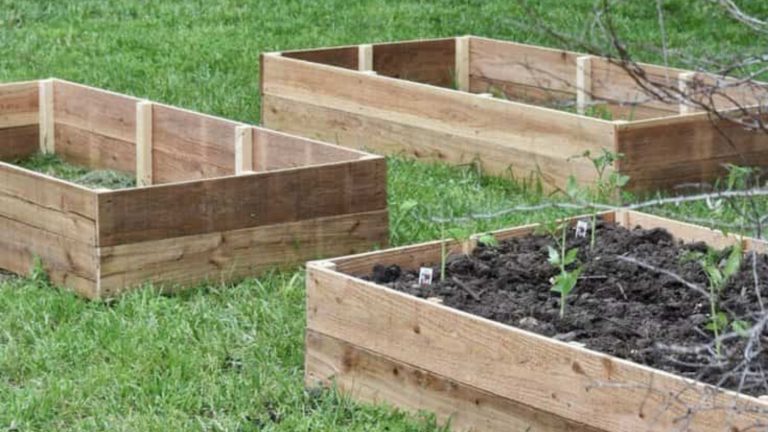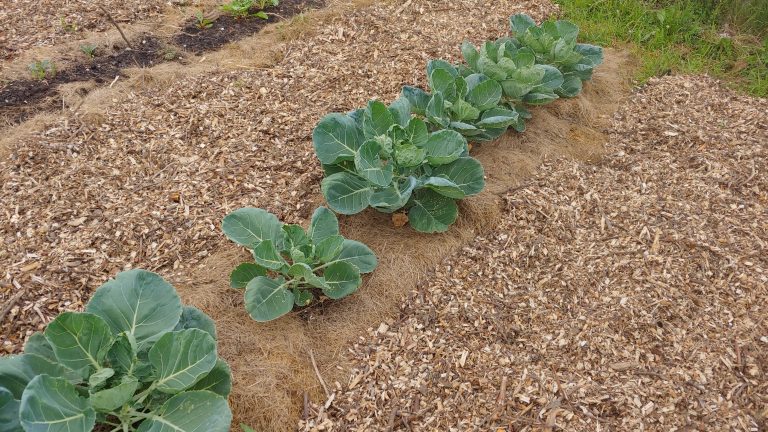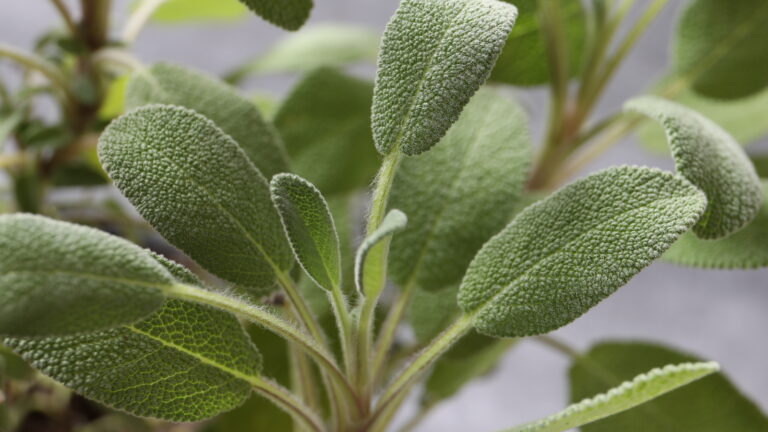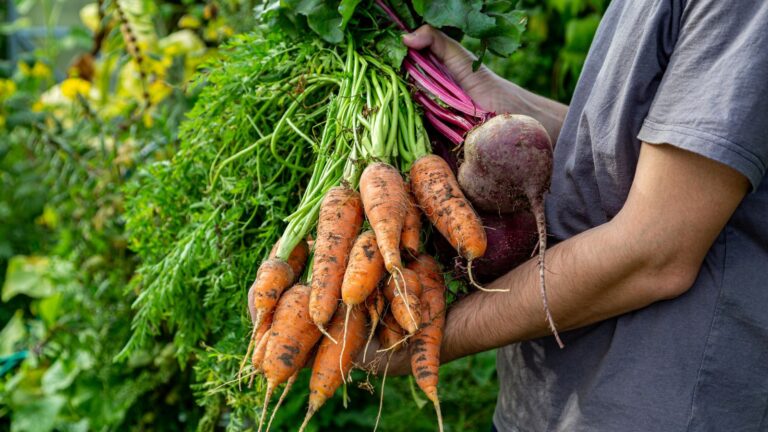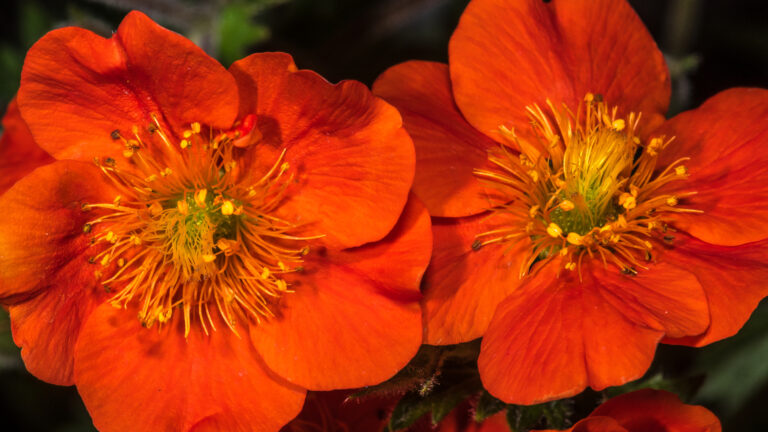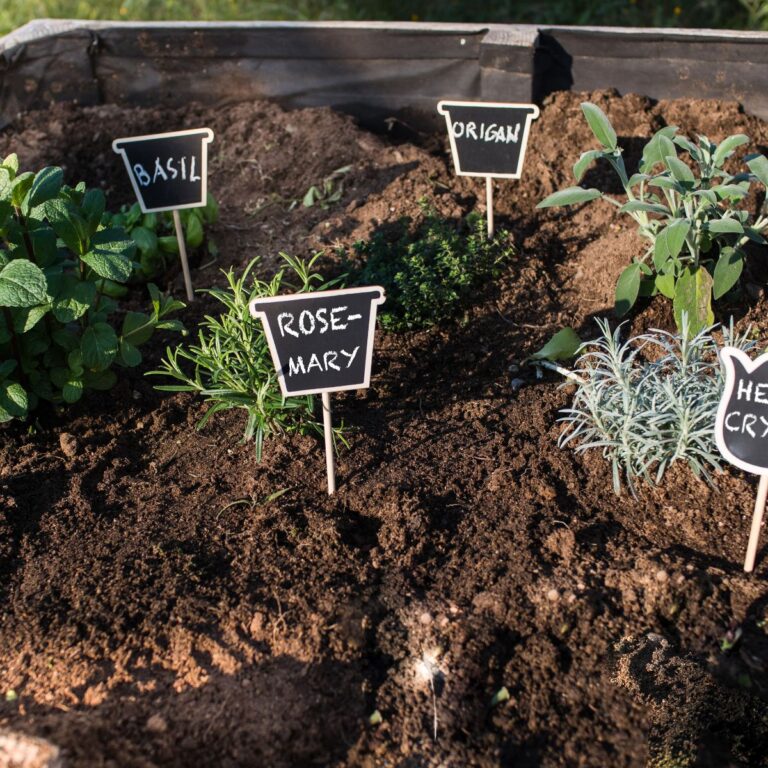This post may contain affiliate links.
As a longtime gardening enthusiast, I believe square foot gardening is one of the most productive and user-friendly gardening methods available. If you want to grow more fresh produce in less space with less work, square foot gardening is the way to go.
Let me explain what square foot gardening involves and how you can create your own superb square foot garden!

What is Square Foot Gardening?
Square foot gardening is a specialized gardening technique that divides growing space into small, 1-foot squares. Within each 12″x 12″ square, a certain number of plants are densely planted based on the mature size of that crop. For example, you might plant 16 carrots or one cabbage in each square.
This intensive planting style helps maximize production in a small footprint and results in very high yields. Square-foot gardens are typically raised beds between 6 and 12 inches deep, filled with a fast-draining soil blend. The blend, called “Mel’s Mix,” is 1/3 compost, 1/3 peat moss or coconut coir, and 1/3 vermiculite or perlite.
A grid is placed over the bed to mark off the planting squares for easy visualization. Mel Bartholomew pioneered square-foot gardening in the 1970s, and it has grown in popularity for its efficiency and productivity.

Reasons to Try Square Foot Gardening
I’ve been using square foot gardening methods for years, and I’m consistently amazed by the benefits. Here are some of the top reasons you should give it a try:
More Efficient Use of Space
By planting intensively in grids, you can grow up to 4 times more produce in the same space as traditional row gardening! It helps prevent wasted space between plants.
Less Watering and Maintenance
The shallow raised beds reduce water needs by up to 70% compared to in-ground beds. Densely planted squares shade and protect the soil, retaining moisture better. Less weeding is required, too.
Excellent for Small Yards
Even if you only have a patio or balcony, you can grow a sizeable amount of produce with a few square foot beds. It’s the perfect solution for urban gardening.
Higher Yields in Small Spaces
Careful planning allows you to increase yields per square foot. More plants packed into a bed means harvesting more from less space.
Easy Weed Control
Weeding is quick and easy by mixing in vermiculite to prevent soil compaction. Fewer weeds also grow when the soil is never walked on.
Promotes Healthy Soil
Mel’s Mix soil blend stays loose and aerated while providing nutrients. Alternating crops each season replenish the soil.
How to Start Square Foot Gardening

Ready to jump into square foot gardening? It’s easy to get started. Just follow these steps:
Design Your Garden Layout
Decide how many beds you want and where they will be placed to get sufficient sunlight, at least 6 hours per day. Often a U-shaped layout works well.
Build or Obtain Raised Beds
Construct a square wooden frame for each bed. The standard size is 4×4 feet, but sizes can vary. You can also buy pre-made beds online or at a garden store.
Make Mel’s Mix Soil Blend
Blend equal parts peat moss, vermiculite, and compost into a large container. Then, fill your raised beds with this mix to around 6 inches deep.
Add Grids to Mark Planting Squares
Use string, wood strips, or metal bars to divide the beds into 1-foot squares. This delineates the planting areas.
Select Crops to Plant
Refer to a planting chart to determine how many crops fit into each one sq. ft. Choose a mix of veggies, herbs, and flowers.
Strategize Crop Rotation
Plan crop placement so that families of plants are rotated through each square over time for soil health.
Plant Densely Within Squares
Don’t space out plants- pack them densely within each square to maximize production. Place taller plants on the north side.
Use Vertical Space Wisely
Use trellises, cages, poles, and fences to grow tomatoes, beans, cucumbers, and peas vertically.
Provide Water and Nutrients
About 1 inch of water per week is needed. Use organic fertilizer or compost tea to feed plants mid-season.

Maximizing Success with Square Foot Gardening
With some planning and strategic gardening methods, you can get the most out of your square-foot garden. Here are some useful tips:
Companion Planting Strategies
To prevent disease, place complementary plants together, like radishes and lettuce. Avoid incompatible plants like potatoes and tomatoes.
Using Row Covers and Shade Cloth
Protect plants from pests and weather extremes using fabric covers. This can extend seasons and prevent insect damage.
Staking and Trellising Techniques
Use stakes, cages, and vertical supports to keep vining plants tidy and upright. This saves space.
Tips to Prevent and Control Pests
Diatomaceous earth, neem oil, and insecticidal soap help control pests.
Hand-pick large insects, and avoid chemical pesticides.
Strategies to Promote Pollination

Attract pollinators like bees by planting flowers among and around beds. Native plants work best. Provide water sources too.
Square foot gardening has allowed me to sustainably grow an abundance of organic fruits, veggies, and herbs in my small yard, and I know it can do the same for you!
With some planning upfront, these gardening methods save time and provide high yields season after season. Give it a try this year—your garden will thank you! Let me know if you have any other questions. I’m always happy to share my passion for square-foot gardening!
With its raised beds, specialized soil mixes, and gridded square-foot planting, square-foot gardens are easy to manage and deliver excellent results. Whether you have a tiny urban yard or acres in the countryside, embracing square-foot gardening techniques can help you grow an abundant harvest with less work than traditional gardening. Try this gardening season and see the bounty you can produce!
Frequently Asked Questions
What are the best crops for square foot gardening?
Some top crops are lettuce, onions, carrots, radishes, beets, spinach, Swiss chard, kale, beans, peppers, eggplant, dwarf tomatoes, and herbs like basil.
Can I convert my existing garden to square foot gardening?
Yes! Build raised beds on the soil and fill them with Mel’s mix. The raised beds prevent soil compaction.
Is square foot gardening good for beginners?
Absolutely! The simplistic methods and small space requirements make it more beginner-friendly than traditional row gardening.
